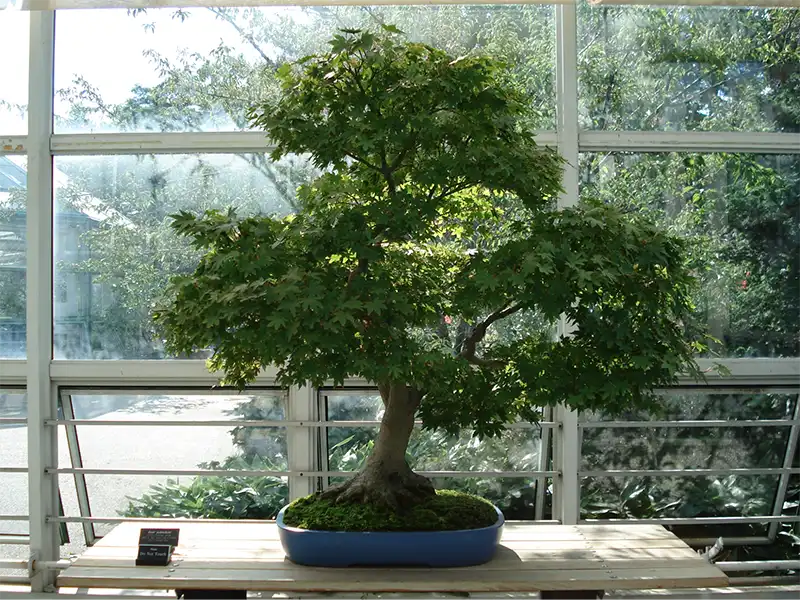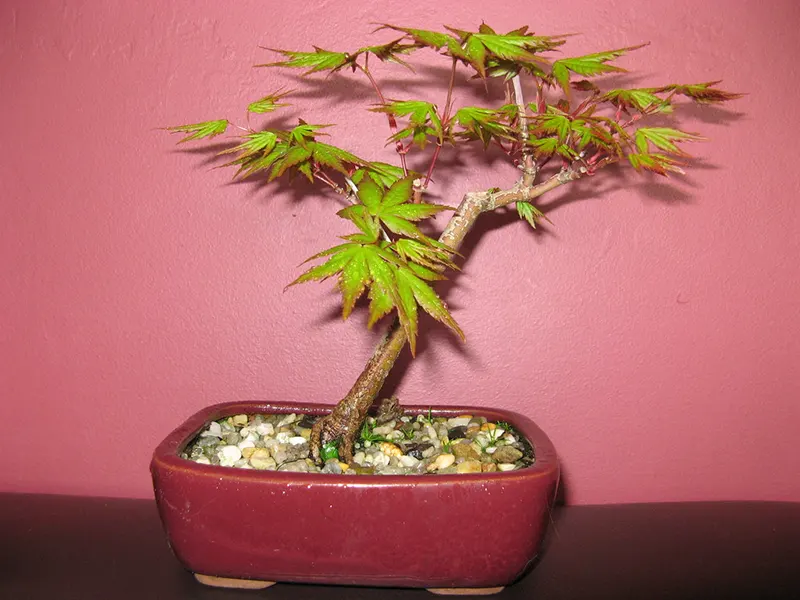How do you Take Care of Japanese Maple Indoors?
Maple trees are famous for their fall foliage, which turns into a brilliant canopy of red, orange, and gold. During fall, you’ll find the sidewalks and gardens adorned with these colorful and crispy leaves. A Japanese maple tree can enhance the beauty of an autumnal landscape with its grace and charm. If you’re into gardening, you can grow this tree on your own once you follow some basic care tips. It requires afternoon shade, protection from strong winds, well-drained and moist soil, among other things. In this article, we’ll discuss how to take care of your indoor Japanese maple tree.
You can grow a Japanese maple tree indoors provided you care for its seasonal needs and regular pruning. There are smaller varieties suitable for indoor bonsais. If you have some experience with plants, growing this tree indoors shouldn’t be that big of a challenge.
Indoor Japanese Maple Varieties
Dwarf varieties are most suitable for growing indoors due to their smaller root systems. They attain a height of about 3-10 feet. Before getting one, make sure it suits your geographical location and climate. Usually, maple trees prefer a mild climate, but there are cold hardy varieties too.
Pots
Make sure the potting mix you use for the container contains three parts potting soil, two parts bark chips, and one part perlite/pumice. The bark chips that could be orchid bark or pine help better soil drainage, whereas the pumice/perlite material helps retain water, nutrients, and air. You can get an agricultural-grade one. If you’re planting a sapling, pot it in a container twice its size.
Feeding and Watering
Water your tree every other day during summer and the rest of the year once a week. It’s best to water in the morning until the soil is moist enough but not saturated with water. Use a slow-release fertilizer as it contains bacteria that help absorb the nutrients. It’s a good idea to apply the fertilizer twice a year, once in March and next in early July.
Location
Japanese maple prefers partial sunlight; hence it would help to place it in a room by a south-facing window. Ideally, the temperature should be cool, and to mimic its natural environment, you should place it outside for a few hours every night during spring and summer.
Maples enter dormancy during the winter season. To replicate its natural dormant cycle, you can insulate the pot by creating a closed fence around it and completely covering the plant from the bottom to the top. Depending on the hardiness zone of your residence, you can also set up a microclimate in your unheated garage and store the tree there. You can also bury your maple with the pot in the earth in your yard, and cover it with mulch, for insulation.
Pruning
Control the growth of your indoor maple by trimming broken or diseased branches, including any decaying leaves. Use clean and heavy-duty pruning shears. If you want your tree to grow taller, you can trim the roots only once a couple of years using root-pruning shears.
Repotting
You can repot your tree once every two years during its dormancy, i.e., between October and March. You’ll notice your tree needs repotting once the roots begin protruding beneath the drainage holes or there’s a drainage issue with the soil. The top leaves also begin crisping in these circumstances.
Before you repot, make sure to water the tree an hour before to soften the soil. Loosen the soil around the pot and lift the tree out of the pot. Add potting mix to the new pot and make space for the maple tree. Once your tree is in the new pot, pat the soil up to the top of the root ball. 
Image courtesy of Jeffrey O. Gustafson / License Details
Final Thoughts on Caring for a Japanese Maple Bonsai Indoors
Now that you know some general bonsai tree care instructions for an indoor Japanese maple tree, you can keep it in a healthy state indoors for a long time. If you’re a beginner and unsure about planting trees indoors, the Japanese maple is a good option for you. It has low sunlight needs and the flexible branches are easy to prune and shape.








